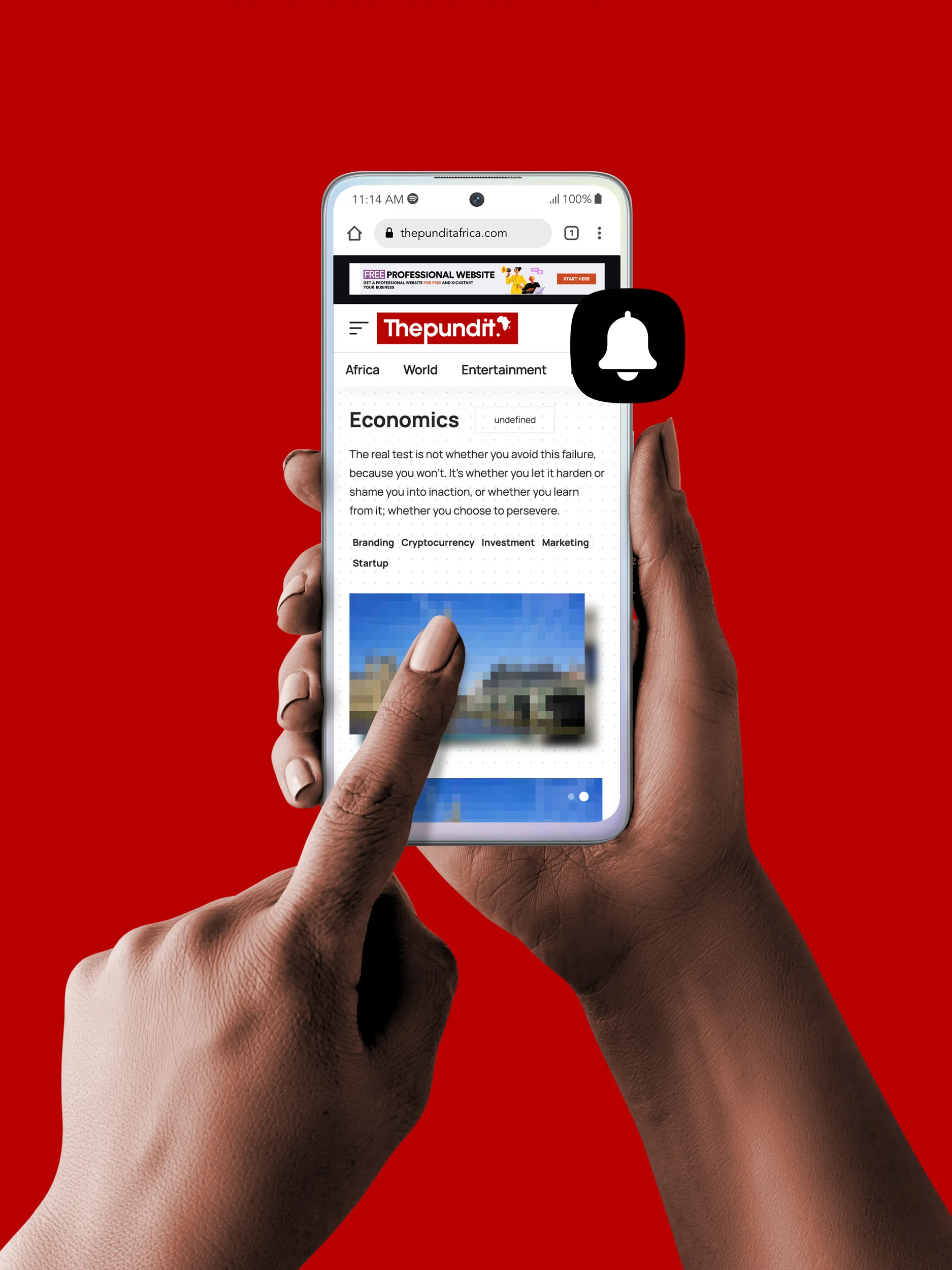In an era of geopolitical tensions, climate disruptions, and shifting trade dynamics, supply chain stability has become a strategic priority for CEOs.
Companies that once optimised for cost now realise that resilience, flexibility, and visibility are critical to sustained success. CEOs must lead the charge in future-proofing their supply chains.
Key Actions for Building a Resilient Supply Chain
1. Map and Monitor the Entire Chain.
• Gain visibility beyond your Tier 1 suppliers.
• Use digital tools to monitor risk hotspots in real time.
2. Diversify Sourcing and Logistics.
• Avoid overdependence on single suppliers or regions.
• Build alternative routes and partners to ensure business continuity.
3. Invest in Local and Regional Sourcing.
• Explore opportunities for nearshoring or local partnerships to reduce reliance on international supply routes.
• Strengthen Ghanaian supplier ecosystems where possible.
4. Use Data to Anticipate Disruptions.
• Leverage AI and predictive analytics to forecast potential delays or shortages.
• Make scenario planning part of your supply chain strategy.
5. Collaborate Closely with Strategic Partners.
• Treat suppliers as long-term collaborators, not just vendors.
• Co-create contingency plans and innovation roadmaps with them.
Actionable Tip for Today:
Request a supply chain risk assessment from your operations or procurement team. Identify at least one high-risk dependency and create a plan to mitigate it over the next quarter.
Why This Matters:
In today’s interconnected global economy, supply chain disruptions can cripple a company’s operations and reputation. CEOs who invest in resilience gain a competitive edge by protecting margins, ensuring reliability, and earning customer trust.
DISCLAIMER: The Views, Comments, Opinions, Contributions and Statements made by Readers and Contributors on this platform do not necessarily represent the views or policy of Multimedia Group Limited.



